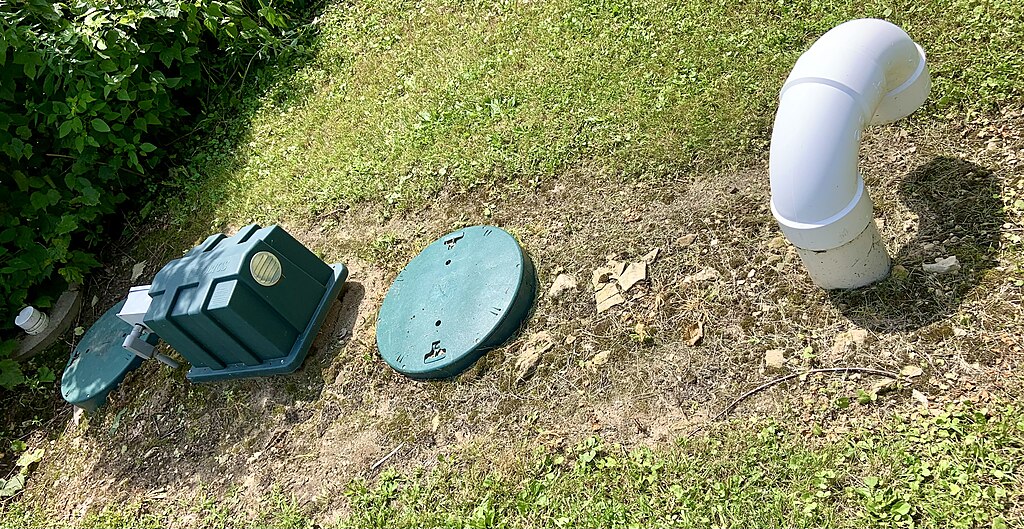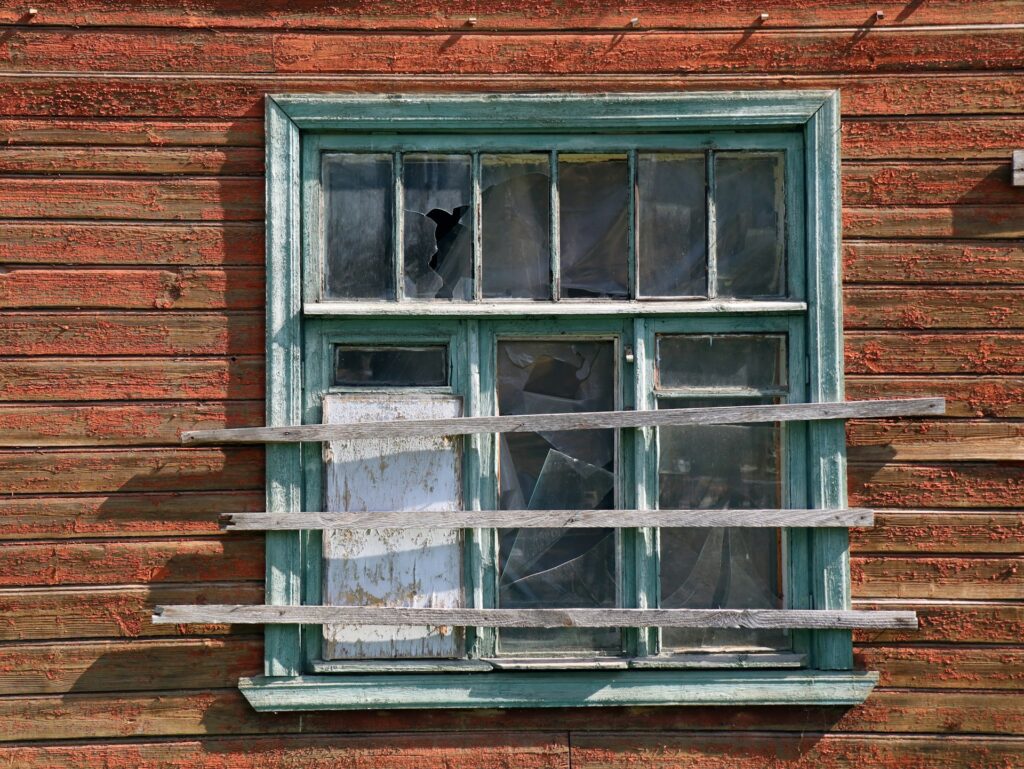Are you dreaming of a bright, spacious kitchen-diner where the family can gather? Do you look at that wall between your kitchen and living room and wish it would just disappear?
You’re not alone.
Creating an open-plan living space is one of the most popular home improvements in the UK.
But here’s the thing: that wall might be doing more than just dividing your rooms. It could be holding up your house.
If it’s a load-bearing wall, removing it isn’t just a weekend DIY project. It’s a major structural undertaking that requires professionals, permits, and a budget that might make your eyes water.
This guide will give you the unvarnished truth about what it really costs to remove a load-bearing wall in the UK. No sugar-coating, no sales pitch – just the facts you need to make an informed decision about your home.
First, Is It Actually a Load-Bearing Wall?
Before you start dreaming about your new open-plan paradise, you need to know what you’re dealing with.
A load-bearing wall does exactly what it says on the tin: it bears the load of the structure above it. This could be other walls, floors, or even your roof. Remove it without proper support, and you’re looking at a potential disaster.
Here are some clues that a wall might be load-bearing:
- It runs perpendicular to the floor joists (you can check this in your loft).
- It’s positioned centrally in the house.
- It’s a solid, substantial wall (not a hollow partition).
- It’s directly below another similar wall on the floor above.
But here’s the crucial bit: only a qualified structural engineer can confirm 100% whether a wall is load-bearing if you don’t have the original drawings. If you do have the original drawings, load bearing walls should be marked with a symbol or thicker lines than other walls. The drawing should have ‘legend’ which annotates the meaning of everything in the drawing.
Don’t guess. Don’t rely on your mate Dave who “knows a bit about building”. Check the drawings of get a professional opinion. The consequences of getting this wrong aren’t worth thinking about.
The Professional Process & Cost Breakdown
Let me be clear: removing a load-bearing wall is not a DIY job.
You’ll need a team of professionals, and each one comes with their own price tag.
Let’s break down exactly what’s involved and what it’ll cost you.
Step 1: The Structural Engineer (£500 – £1,500)
Your first port of call is a structural engineer. They’re the brains of the operation.
The engineer will:
- Inspect your property thoroughly.
- Confirm whether the wall is load-bearing.
- Calculate the exact specifications for the steel beam (RSJ – Rolled Steel Joist) that will replace the wall.
- Produce detailed drawings and calculations for building control.
This isn’t optional. Without these calculations, you’re flying blind, and no reputable builder will touch the job.
Typical cost: £500 – £1,500, depending on the complexity of the project and your location.
Step 2: Building Regs Approval (£200 – £400+)
You can’t just knock down walls willy-nilly. You need permission from your local council.
Your structural engineer’s plans will be submitted as part of your building regulations application. The council will review these to ensure the work meets safety standards.
This is a legal requirement. Skip it, and you’ll face serious problems when you come to sell your house. Mortgage lenders won’t touch a property with unapproved structural work.
Application fee: £200 – £400+, varying by council and project size.
Step 3: The Party Wall Act (£0 – £3,000+)
Live in a semi-detached or terraced house? Then you’ve got another hurdle to clear.
If the wall connects to your neighbour’s property, you must serve a Party Wall Notice at least two
months before work begins.
Your neighbour has three options:
- Consent (happy days – no extra cost).
- Dissent (you’ll need surveyors).
- Ignore you (legally counts as dissent after 14 days).
If they dissent, you’ll both need to appoint surveyors (or share one).
These surveyors will create a Party Wall Award, which is a legal document setting out how the work should proceed.
Cost if neighbour consents: £0
Cost if surveyors needed: £1,000 – £1,500 per surveyor (and you might need two).
Step 4: The Building Work (£2,000 – £4,200+)
Now we get to the main event: actually removing the wall.
This isn’t a job for a handyman with a sledgehammer. You need experienced builders who understand structural work. Here’s what’s involved:
The process:
- Install temporary supports (called “acrow props”) to hold up the structure.
- Carefully demolish the existing wall.
- Create pockets in the remaining walls to house the steel beam.
- Manoeuvre the RSJ into position (these things are heavy).
- Secure the beam properly.
- Remove the temporary supports.
- Make the structure safe and sound.
Labour costs: £1,500 – £3,000 for a team of builders working 2-4 days. In London or the South
East? Add another 20-30%.
Materials:
- The steel RSJ: £300 – £800+ depending on length and load requirements.
- Padstones: £50 – £100 (concrete blocks that spread the beam’s load).
- Skip hire: £200 – £400 for all that rubble.
Total for this stage: £2,000 – £4,200+
The “Making Good” Costs: The Part Everyone Forgets
Here’s where most people get caught out.
When the builders pack up their tools and drive away, you’re not looking at a finished room.
You’re looking at a construction site.
The steel beam is exposed. There’s bare plaster everywhere. The floor has a dirty great gap where the wall used to be. This isn’t Instagram-ready.
Plastering (£400 – £800)
That steel beam needs to be boxed in and plastered. The surrounding walls and ceiling will need patching and skimming.
A good plasterer will make it look like the wall was never there. A bad one will leave you with visible lines and bumps that’ll haunt you forever.
Electrics (£200 – £500)
That wall probably had light switches and plug sockets. Maybe even wiring running through it to other rooms.
Your electrician will need to:
- Re-route any affected wiring.
- Move or install new switches and sockets.
- Ensure everything meets current regulations.
- Provide the necessary certificates.
Flooring (£500 – £3,000+)
Unless you’re incredibly lucky, your flooring on both sides of that now-missing wall won’t match up. One of the rooms will likely need complete new flooring to match the other. If you are lucky then you still need to floor that strip where the wall once was, with an identical flooring as is used in the surroundings.
Your options:
- Patch it (rarely looks good).
- Replace the flooring in the affected area (might look odd).
- Replace all the flooring (expensive but gives the best finish).
For a decent-sized room with quality flooring, you’re looking at £1,000 minimum.
Decorating (£300 – £1,000+)
Fresh plaster needs painting. And once you paint the new plaster, the rest of the room looks shabby in comparison.
Before you know it, you’re redecorating the entire space. New paint, perhaps new wallpaper, new skirting boards…
Heating and Plumbing (£200 – £600)
Got a radiator on that wall? It’ll need moving. Pipes running through? They’ll need re-routing.
This might seem minor, but it adds up quickly.
What’s the Total Damage?
Let’s add it all up:
- Structural engineer: £500 – £1,500
- Building regulations: £200 – £400
- Party Wall surveyor(s): £0 – £3,000
- Building work: £2,000 – £4,200
- Plastering: £400 – £800
- Electrics: £200 – £500
- Flooring: £500 – £3,000
- Decorating: £300 – £1,000
- Heating/plumbing: £200 – £600
Grand total: £4,300 – £15,000+
And that’s assuming everything goes smoothly.
In reality, most load-bearing wall removal projects in the UK cost between £5,000 and £12,000. In London and the South East, add another 30%.
Don’t forget to budget an extra 10-15% as a contingency fund. Because when you start opening up walls in British houses, you never know what surprises you’ll find. Dodgy wiring from the 1960s. Pipes where they shouldn’t be. That’s just the joy of renovation.
An Alternative to the Dust, Disruption, and Debt
Seeing those numbers add up can be overwhelming.
That dream of an open-plan space suddenly feels very far away, buried under quotes, regulations, and the promise of months of disruption.
You’ll be living on a building site. Dust everywhere. Builders tramping through your house at 8am. The kids stressed, the dog anxious, and you wondering if it’s all worth it.
What if you could get that “open living space” feeling without the stress and expense of major building work?
What if, instead of investing thousands into your current property, you could release the cash from it and move on to a home that’s already perfect for you?
The Simple Solution: Sell Your House ‘As-Is’
Here’s an option most people don’t consider: selling up and moving to a house that already has the layout you want.
No dust. No disruption. No discovering your builders have disappeared mid-job with your money.
With a company like Property Rescue, you don’t need to worry about renovations at all. We buy any property in any condition, meaning you don’t have to spend a penny on improvements.
Think about it:
- No estate agent fees (saving you thousands).
- No legal fees (we cover them).
- No hidden charges (the price we offer is what you get).
- No waiting (we can complete the purchase in as little as 7 days).
Instead of spending £12,000 and living on a building site for two months, you could have cash in your bank and be searching for your dream home.
We provide a guaranteed cash offer within hours. No viewings, no chain, no uncertainty. Just a straightforward sale that lets you move on with your life.
How?
Because we buy directly from you. We are a cash buyer. We don’t need mortgage approval and we property condition doesn’t put us off.
The money you’d spend on removing that wall? That could be your deposit on a place that’s already perfect. Or money in the bank for your future.
Your House, Your Choice
Removing a load-bearing wall can transform your home. There’s no denying that.
But it’s expensive, disruptive, and complicated. It requires professionals, permits, and patience. Lots of patience.For some people, it’s worth it. They love their location, their neighbours, their garden. The thought of moving is worse than the thought of renovation.
For others, the maths just doesn’t add up. Why spend £10,000+ improving a house that still won’t be quite right when you could use that money towards a home that’s already perfect?
Whether you choose to renovate or to sell, the important thing is to make an informed decision. One that’s right for you, your finances, and your peace of mind.
If you’re feeling overwhelmed by the potential costs and disruption, why not explore both options?
Ready to skip the stress and sell your house fast? It’s confidential, takes less than a minute, and could be the first step to your new beginning. Get your free, no-obligation cash offer from Property Rescue.
No pressure. No obligation. Just honest advice about your options.
Because sometimes, the best renovation is no renovation at all.









